Fermented honey recipes are a great way to get health benefits from simple and completely natural ingredients. Made with raw honey and various herbs and ingredients that are easy, delicious, and super healthy, find the best fermented honey recipes here!
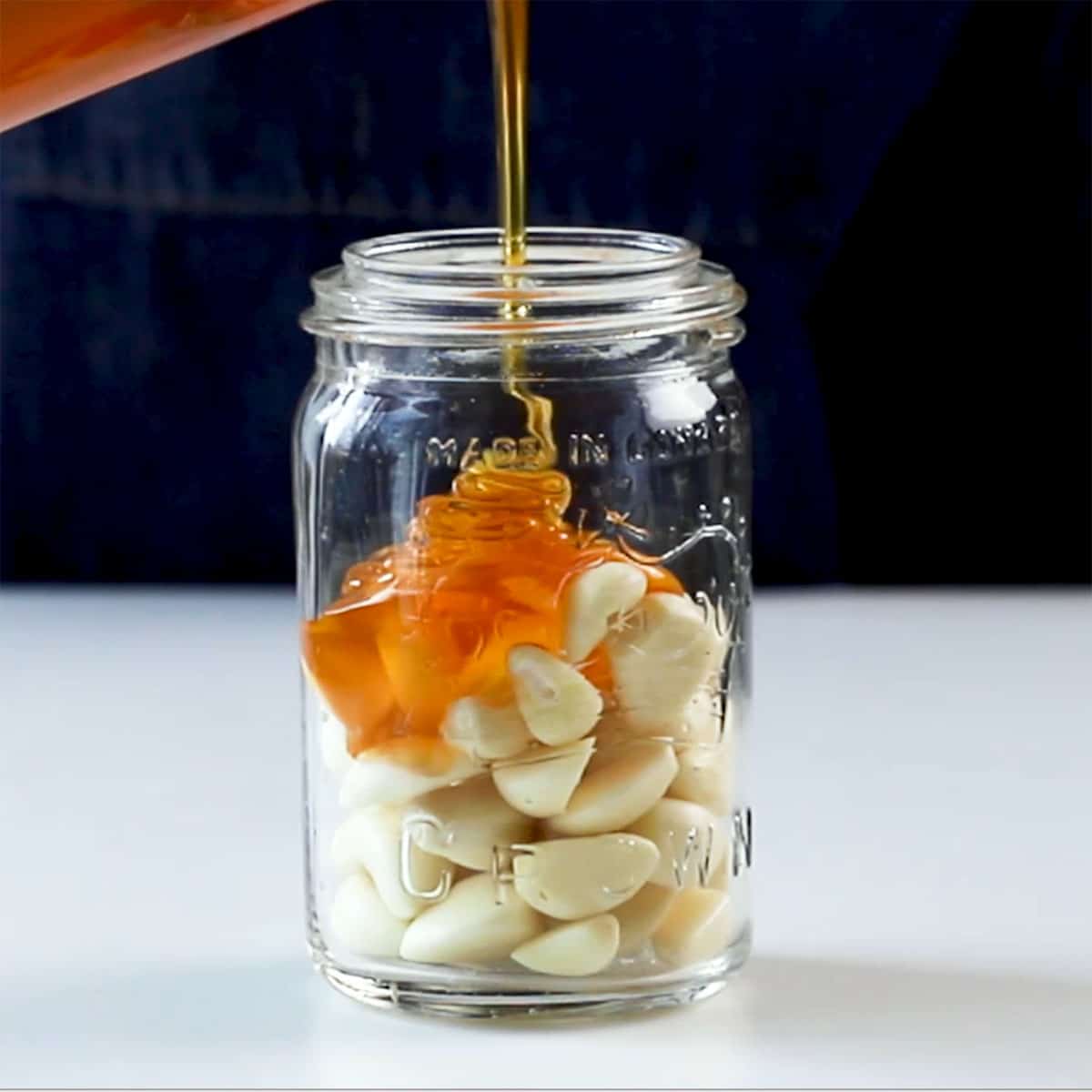
Want to save this post for later?
What is Fermented Honey?
So what exactly is fermented honey is anyway?
Basically, when water or any other liquid is added to honey it wakes up the natural yeasts and bacteria in the honey which then start to ferment. If you add a lot of water you will get mead, which is honey wine.
But if you add just a little bit of liquid, or fresh fruits or veggies that have a small amount of moisture, you end up with a delicious fermented honey that also has the flavor and benefits of what you added!
This is different than an infused honey which typically uses dried herbs or plant matter with very little moisture. If you are interested in making an infused honey I have recipes that use lavender, lilac blossoms, and pine needles.
Benefits of Raw Honey Ferments
Honey ferments are made using raw honey and other ingredients that end up tasting delicious, are probiotic-rich, and have immune-boosting goodness that has tons of health benefits.
Many of these recipes are medicinal allies that can give a helpful hand during cold and flu season. Raw honey is antioxidant and antibacterial, rich in vitamins and minerals, and gut-healthy with prebiotics.
Raw honey has even more health benefits once fermented with garlic, elderberries, thyme, or other herbal ingredients. Once it is fermented, it has probiotics and more health benefits from herbs.
Aside from being healthy, these honey recipes are delicious! Eat it by the spoonful, or drizzle it in tea, on toast, or anywhere the herbal flavor will complement it.
Besides the raw honey, the other fermented ingredients are edible and delicious, too. This is especially true and popular with the garlic and cranberry recipes.
Fermented Honey Recipes
These ferments are super simple to make and only require a few ingredients. As fermentation recipes go, using honey is one of the quickest and simplest ways to do it.
Honey ferments are usually ready in about a week and will last for six months or longer. These jars of goodness are perfect for eating a little bit at a time for ongoing health benefits.
There is a wide range of things that you can ferment in raw honey, and these 8 herbs, veggies, fruits, and berries make the best honey ferments!
#1. Garlic
This recipe is perfect for boosting your immune system and is a tasty home remedy during fall and winter when germs are frequently passed around.
All this recipe takes is garlic, raw honey, and a jar, and you’re good to go! This fermented honey garlic is an all-time favorite.
A note on botulism: While botulism can happen in garlic and oil preparations without added acidity, the fermentation process that happens here makes it very unlikely. Read the full post for more information about botulism risks in this ferment.
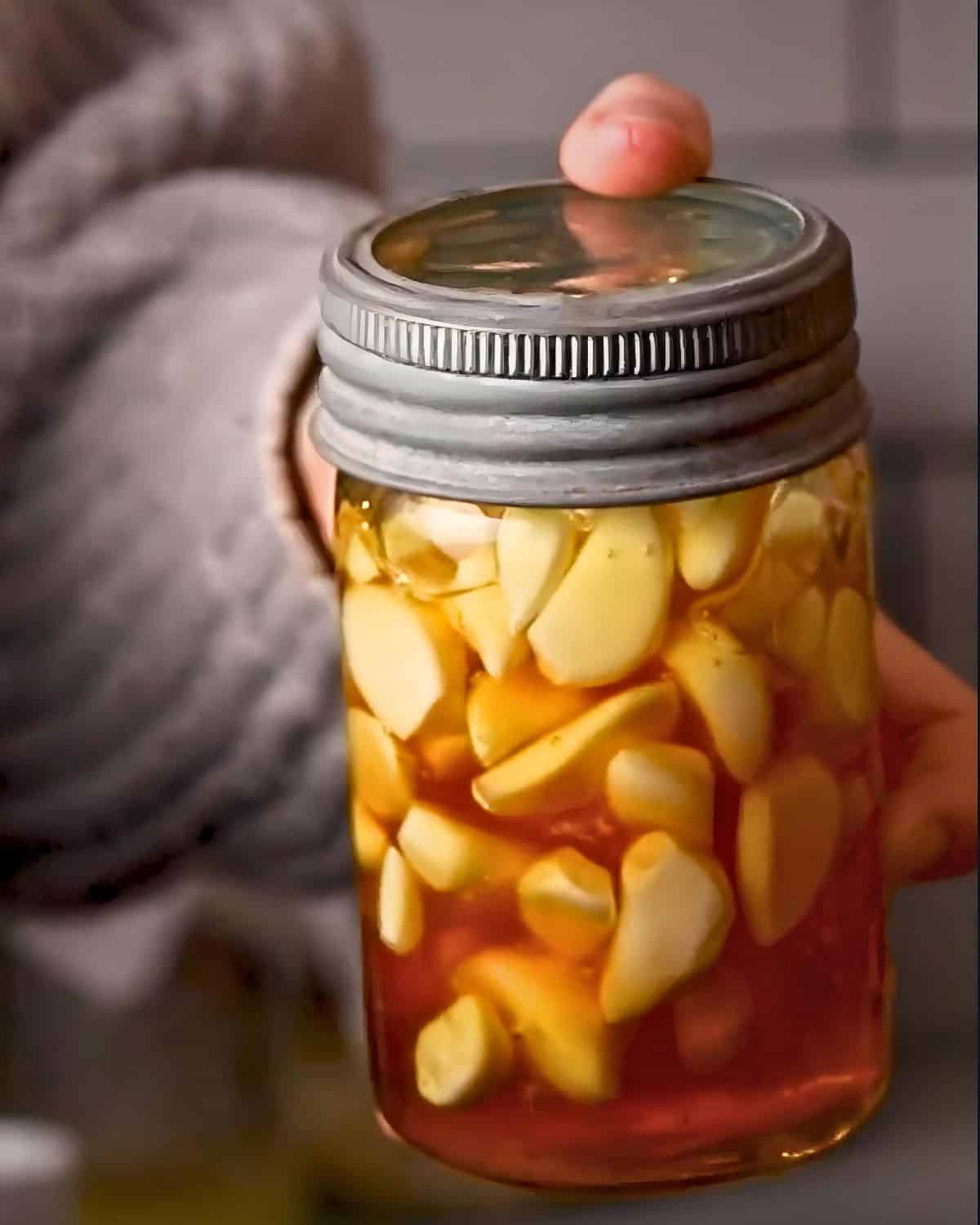
#2. Ginger
This honey fermented ginger makes a super delicious combination and is packed with health benefits. It has a sweet taste with warm and spicy notes from the ginger.
With a simple syrup consistency, this honey works well for both culinary and medicinal uses. Use it any time you need some ginger benefits or just a delicious warm-flavored honey!
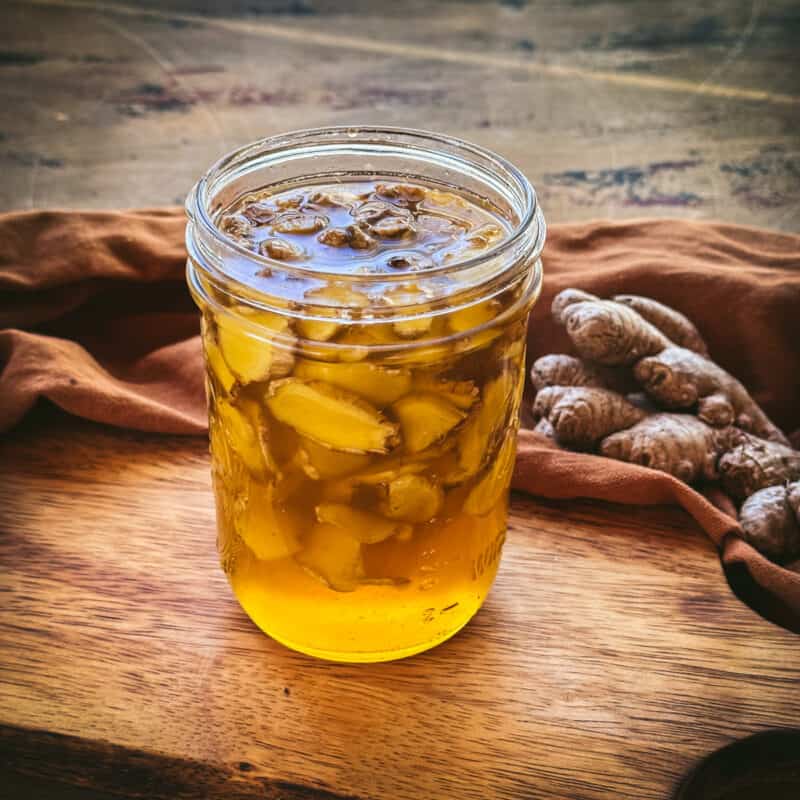
#3. Cranberries
These fermented honey cranberries are a tasty treat for a super health boost and a beautiful holiday side!
With warming flavors of ginger slices and a cinnamon stick, this sweet and tart recipe is perfect on a Thanksgiving table, especially with its gut-healthy qualities that help digest a big meal.
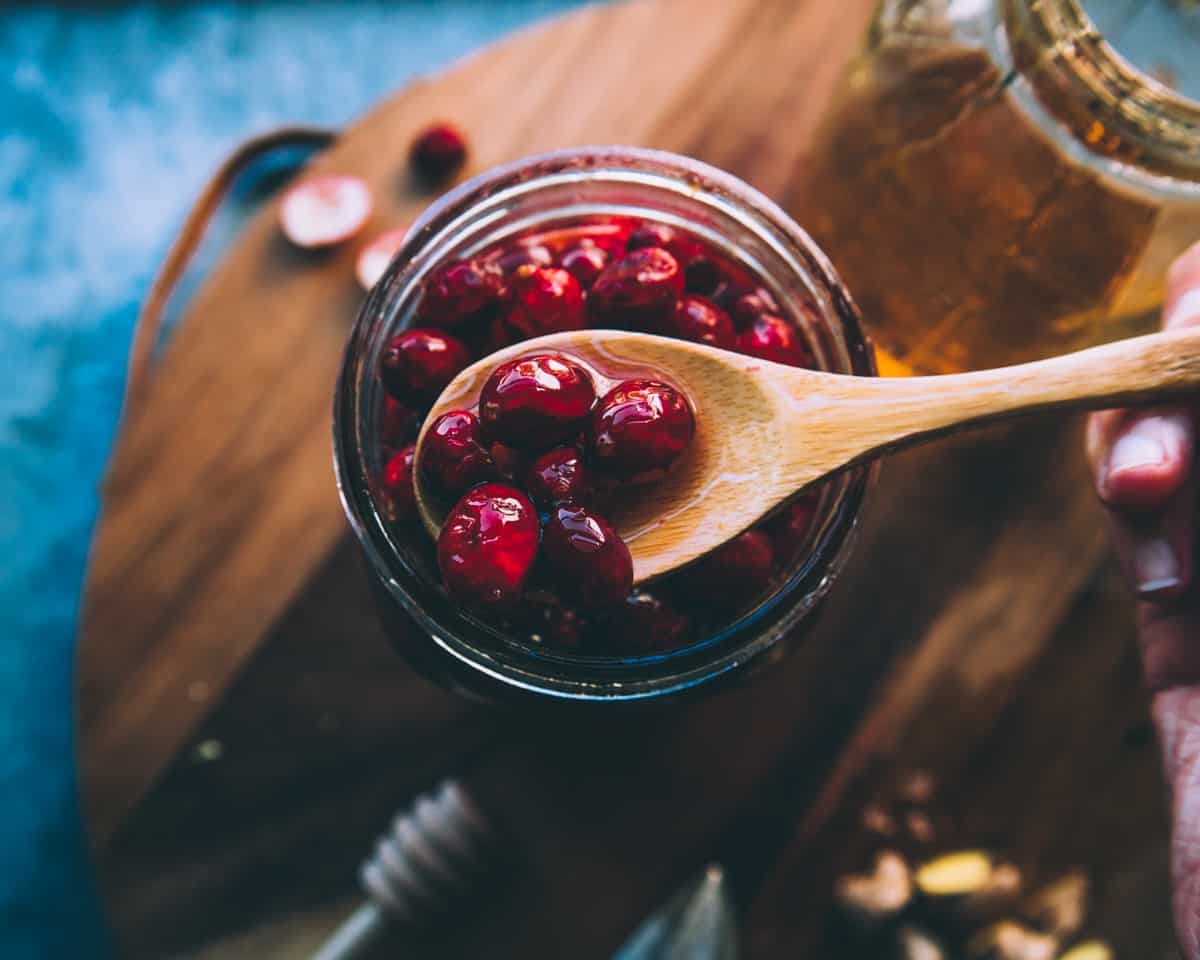
#4. Red Onion and Thyme
The health benefits of onions aren’t as well known as other herbs, but they are indeed high in vitamin C antioxidants and other good-for-you health compounds.
Paired with powerful immune-boosting thyme, this honey fermented with red onion and thyme is as health-beneficial as it is amazingly flavored.
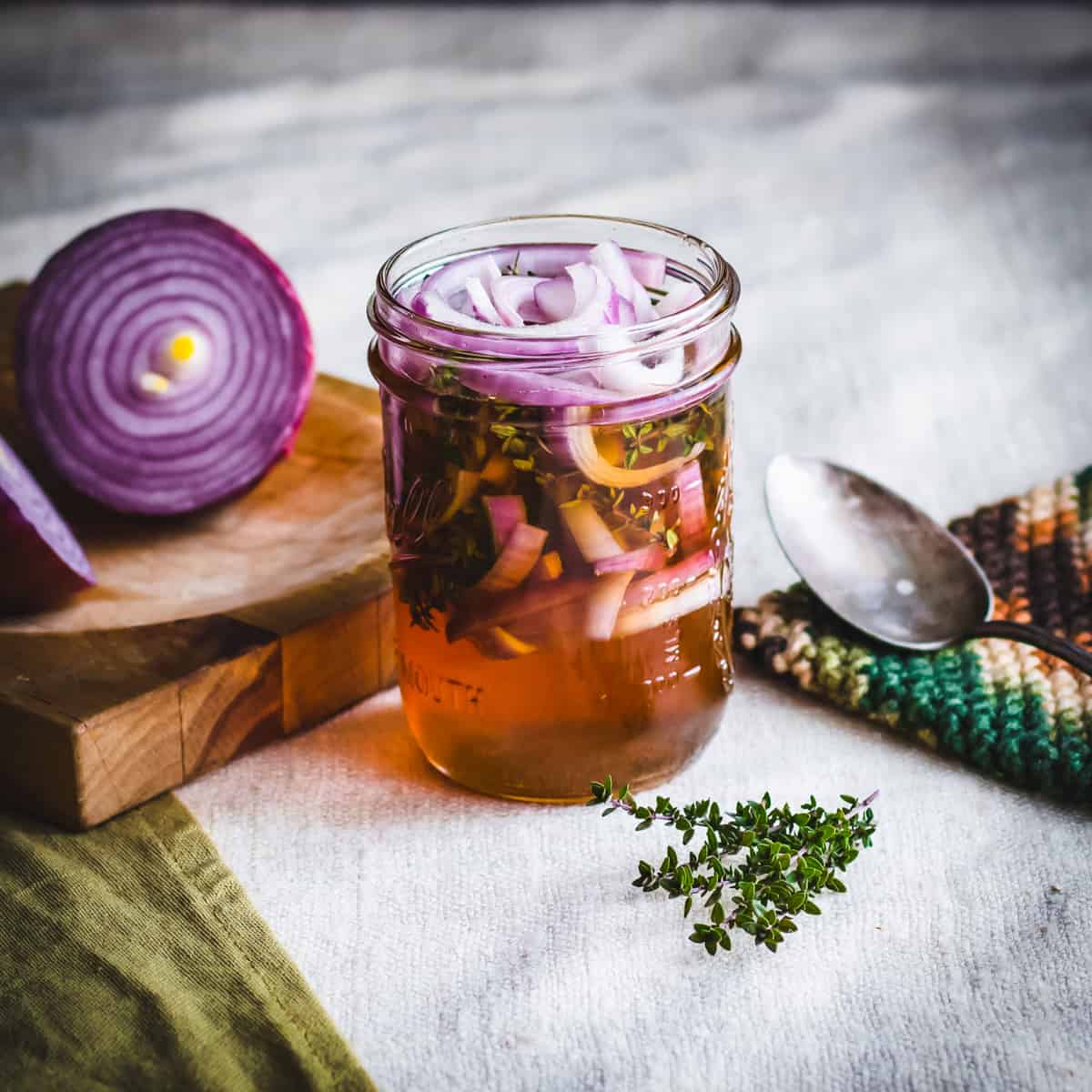
Note: This recipe, beautifully featured by Miss Wondersmith, is from my book Healing Herbal Infusions. This recipe book is full of recipes that are easy enough for a beginner to understand and carry out, yet accessible to herbalists of every level.
#5. Elderberries
Fermented elderberry honey is perfect to have on hand during cold and flu season, with strong immune boosting and medicinal benefits. This recipe is a super simple way to access the powers of elderberries.
Elderberries are known for reducing the duration of sickness and help with coughing and congestion symptoms. This herbal remedy tastes good enough to eat by the spoonful!
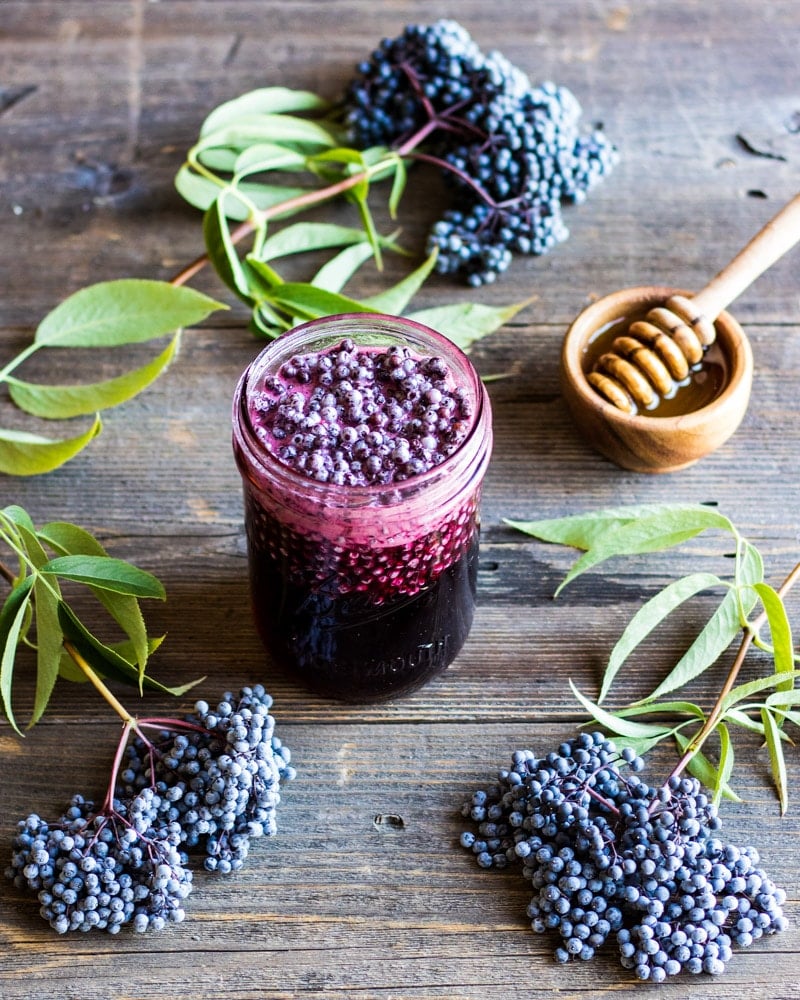
#6. Strawberries
Don’t go a summer without making honey fermented strawberries! This sweet summery ferment is so delicious in salads, or the strawberries can replace fresh strawberries on top of yogurt or ice cream.
#7. Jalapeños
To spice up your life, definitely make this fermented jalapeño honey for a kick of heat. With the health and medicinal benefits of both raw honey and jalapeños, this combination is a great way to access their powers.
This sweet and spicy treat will boost your immunity, clear out a stuffy nose, and promote optimum gut health. Sometimes two ingredients are all you need!
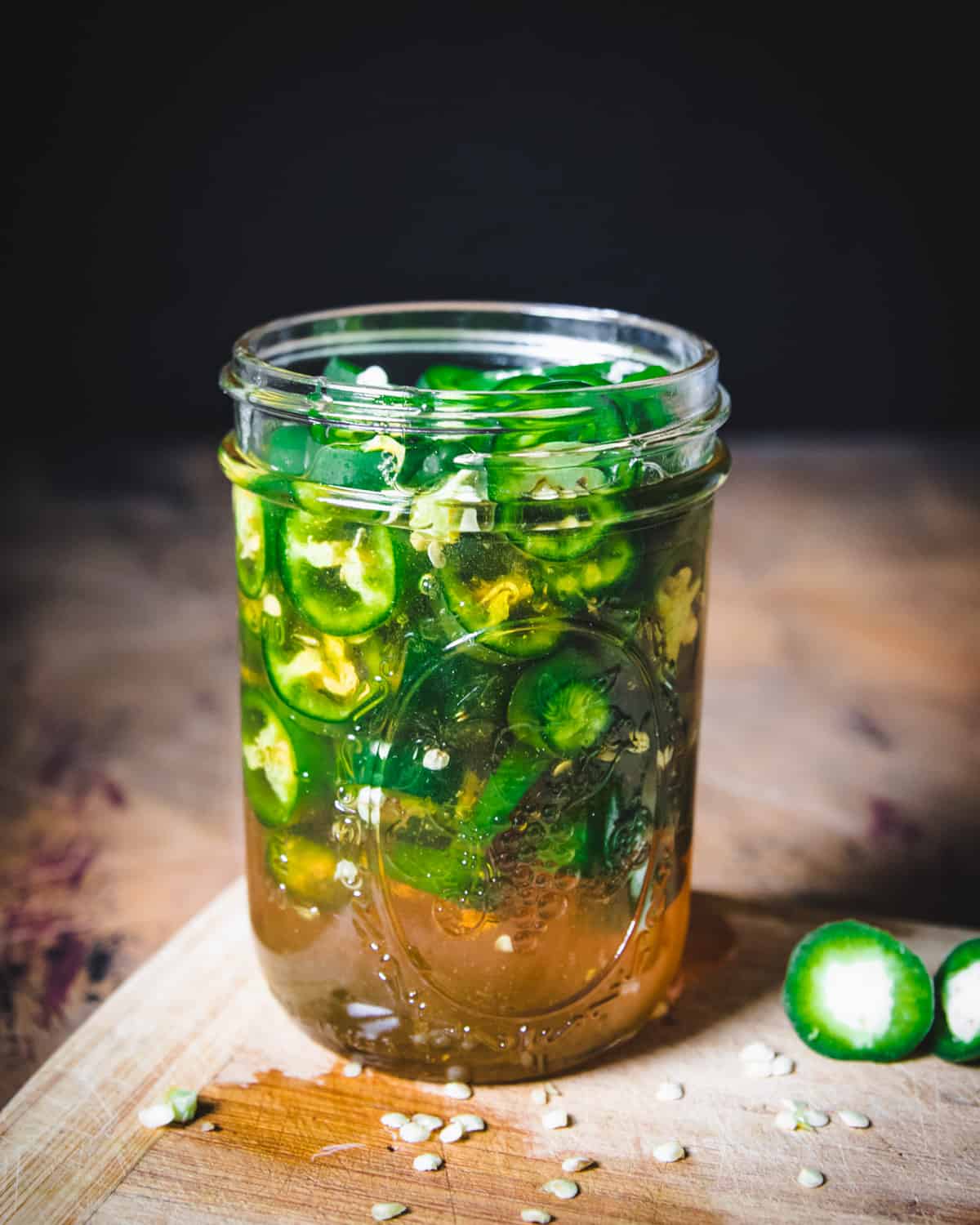
#8. Meyer Lemons
I love any type of preserving lemons, but this lemon fermented honey is so versatile and delicious it’s one of my favorites! Lemon honey goes on almost anything, from making salad dressing to iced tea.
With natural vitamin C from the lemons and the lovely probiotic boost from the honey, you’ll be drizzling this easy-to-eat honey on everything!
#9. Blueberries
Whether you’re growing them in your garden or stocking up at your local market, fermented honey blueberries are a great way to preserve these summer seasonal fruits.
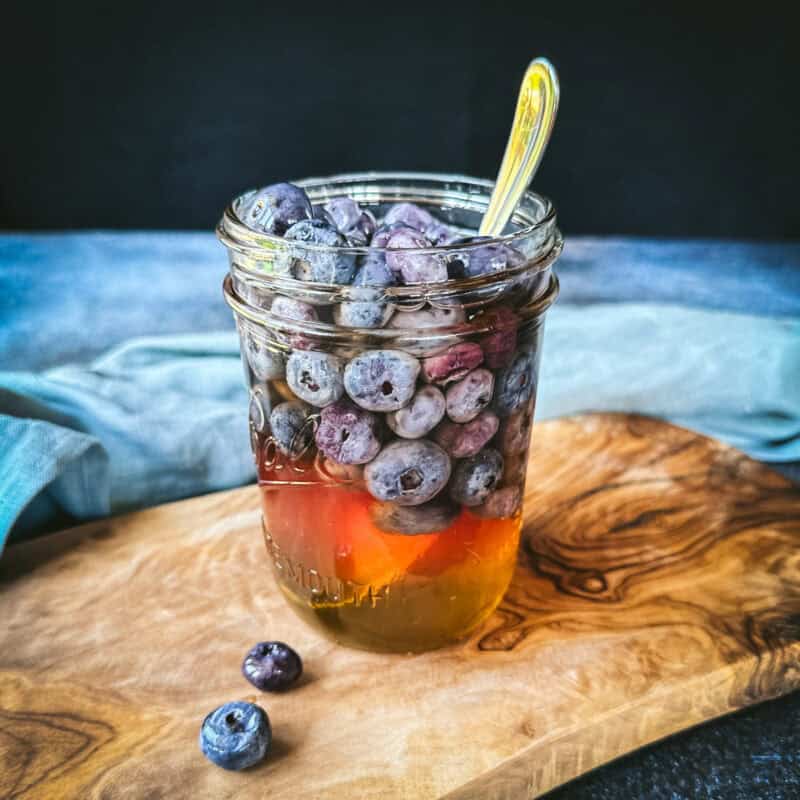

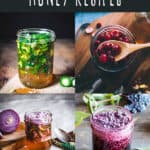
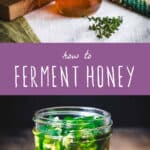

Can I use dried elderberry?
Only if they are rehydrated first. Dried elderberries will only infuse the honey with elderberry flavor. It’s the moisture inside the berries that causes fermentation to start.
What do you recommend for the ratio of fresh plant matter to honey? I was thinking of making Wild Bergamot fermented honey, or even a Hyssop fermented honey
I would probably do 1:2 or 3, plant to honey ratio.